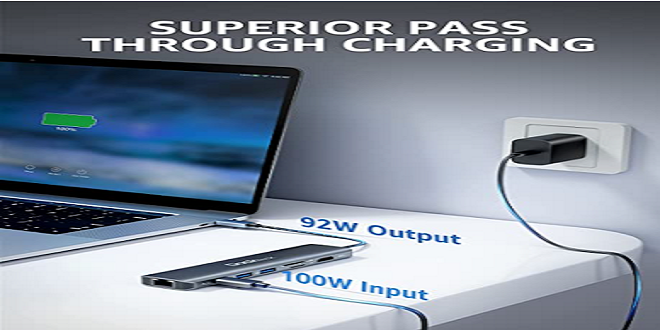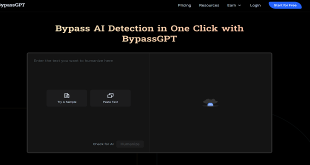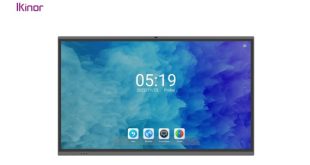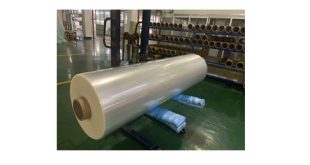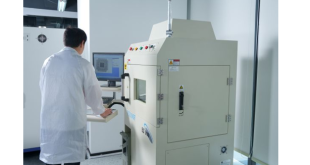There are basically two kinds of USB hubs: a USB hub and an extension hub. USB hub With a USB hub, you can connect multiple USB devices to your computer. USB hubs are typically available in the following sizes: 4-port USB hub: 4 ports for connecting USB devices 8-port USB hub: 8 ports for connecting USB devices. 16-port USB hub: 16 ports for connecting USB devices A USB hub will typically connect to a computer with a USB cable. Extension hub An extension USB hub, also known as a USB extension cable, is a USB cable that you plug into your computer (or USB hub) on one end, and a USB device on the other. The USB device that you plug into the extension USB hub is not plugged directly into your computer but is instead connected to the extension USB hub. A USB hub is an external expansion device that is used to connect multiple USB devices to a single host or main computer. The main use of a USB hub is to expand the number of USB ports on a computer. For example, if you have a desktop PC and only have a few USB ports, there is no way to connect all the devices you have, and you will have to connect them one after the other. A USB hub can solve this problem by creating several extra ports that can be used by connecting the USB hub to the PC. USB hubs come in different sizes like the USB hub, which is small and can be carried around easily. In this case, it’s best to choose one that has a compact design. A USB hub can be used for connecting to printers, scanners, external hard drives, speakers, flash drives, keyboards, mouses, and a number of other devices.
How many USB devices can the hub support?
When you’re shopping for a USB hub, you’ll find that the packaging will often indicate how many devices the hub can support. To calculate how many devices you can connect to a specific hub, you’ll need to take the USB 2.0 specification of 480 Mb/s and divide it by the speed of the hub. For example: if you have a hub that is USB 2.0, 480 Mb/s, and the hub can support 4 devices, the hub will be able to handle 10 Mb/s per device. So if you have 4 USB 2.0 devices, it will take up the entire 480 Mb/s of the USB 2.0 specification. If you have 4 USB 3.0 devices, it will take up the entire 540 Mb/s of the USB 3.0 specification and USB hub 3.0 with power of 100 PD of dockteck os available on Amazon. The USB 2.0 specification is 480 Mb/s. For a USB 3.0 specification, it’s 540 Mb/s. The USB 3.0 specification is 40% faster. If you have a mix of USB 2.0 and USB 3.0 devices, if you take the 480 Mb/s of the USB 2.0 specification and divide it by the 540 Mb/s of the USB 3.0 specification, you’ll get .83. This means that a USB 3.0 hub will be able to support around 83% of the devices that a USB 2.0 hub will support. A USB hub is like an extension lead for USB devices. It plugs into your computer and lets you connect more devices than your existing USB ports allow. And if you have a lot of devices, it can be a real lifesaver. With a USB 3.1 hub, you can connect many different types of devices to a PC or laptop, including printers, scanners, external hard disks, and many more. Most hubs can also be used with older USB 2.0 devices, but check the specification and make sure you buy a USB 2.0 hub.
How To Connect a USB hub to a PC?
There are two common types of USB hubs: powered and unpowered. Powered hubs are generally more expensive than unpowered hubs. They provide the power to the USB devices connected to them and are often used in situations where many USB devices are attached to a computer, such as for digital cameras and printers. The advantage of using an unpowered hub is that you only need a single USB connection from your computer to the hub, whereas with a powered hub you need a USB connection from your computer to the hub and a separate USB connection from the hub to each device. You can buy USB hub 3.0 of dockteck is available on Amazon.
 Naa Songs
Naa Songs
